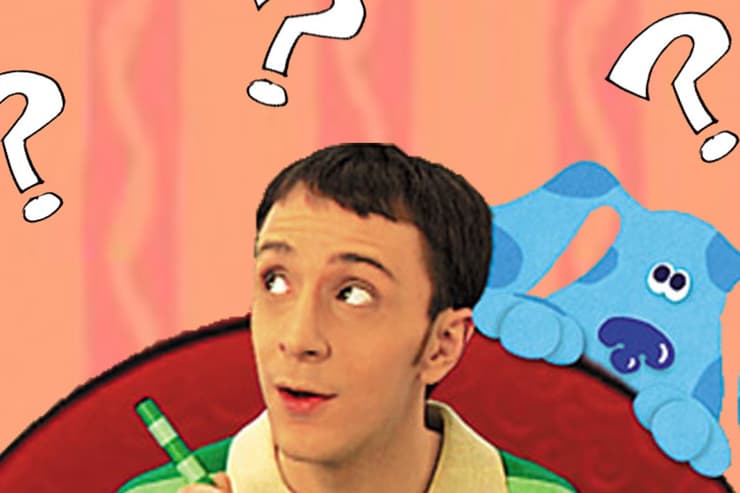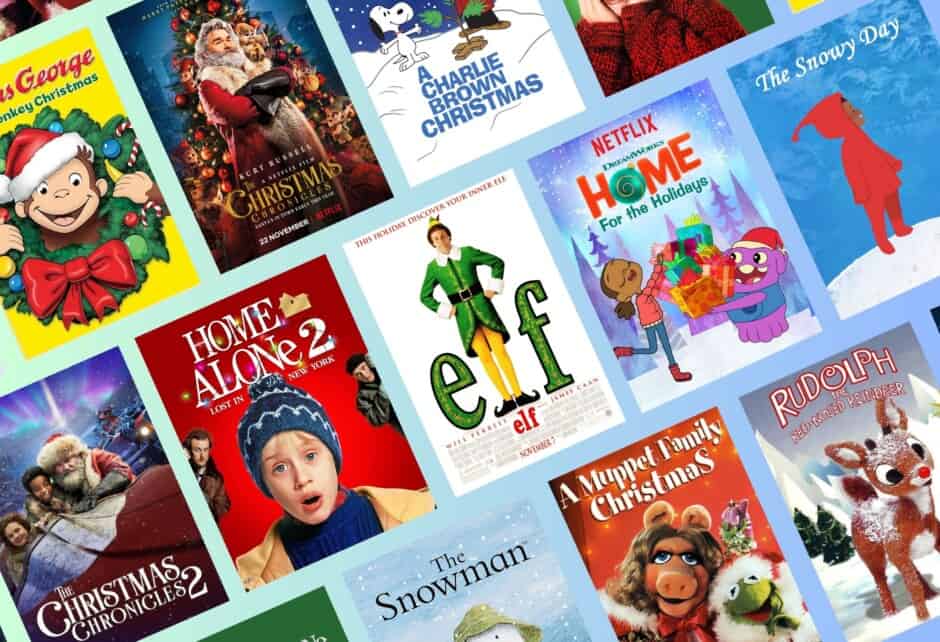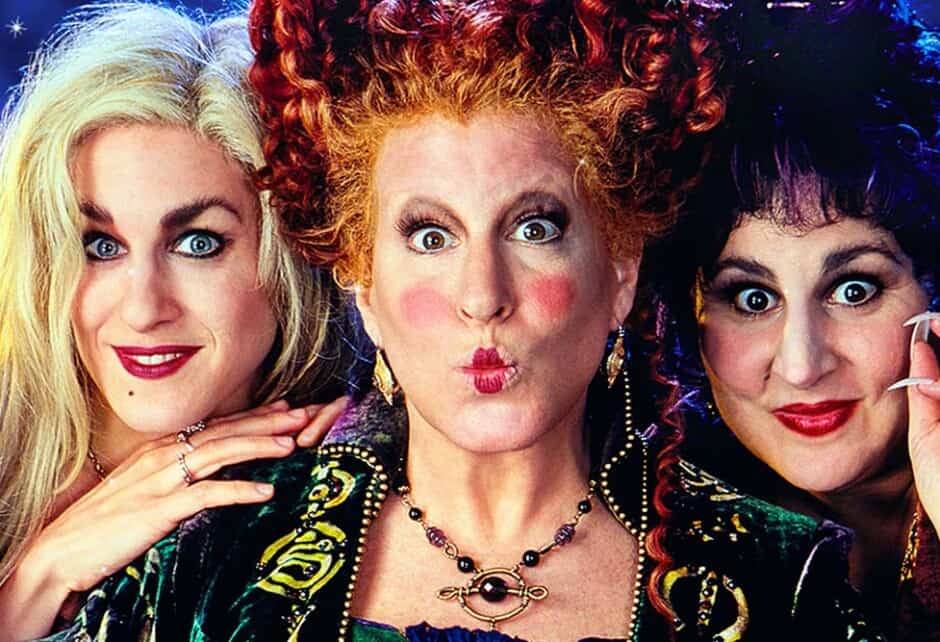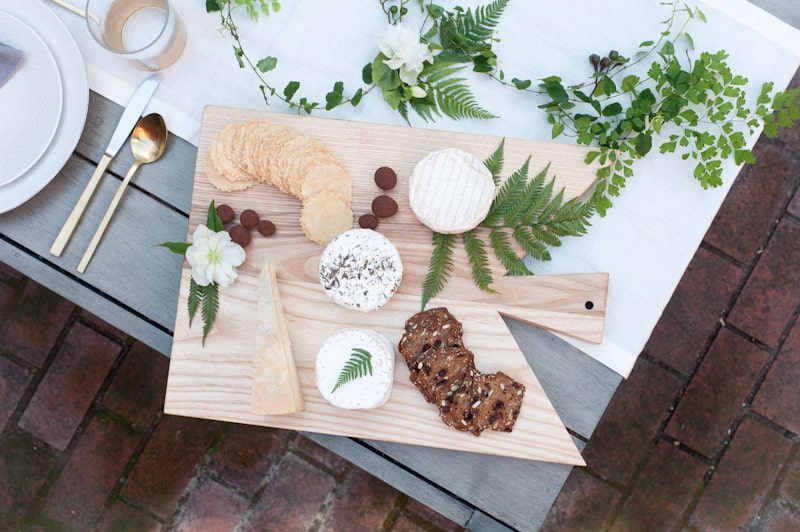
Why Sesame Street & Toddlers Might Not Mix
Written by Katie Hintz-Zambrano
Photography by Photo Via Blue's Clues/Facebook
Kids and screentime is a hot topic these days. (We even dipped our toes into the subject right here.) And while letting your children watch programs on the TV, iPad, or smartphone is a totally personal choice, new research out of the University of Iowa is hoping to shed a little light onto what types of shows your littlest ones should be watching (and which ones you should turn off). The results we found a little surprising.
“There’s a lot of research now that shows when you design infant and toddler-directed media in ways infants and toddlers can learn, they can learn from it,” Deborah Linebarger, the director of the study, tells USA Today. “If you use screen media and pick the right stuff, it can be another tool.”
After studying 498 children between 8 months and 36 months old, Linebarger found that only certain types of programs—the ones that have simple plot lines and speak directly to children in an interactive way—helped toddler’s language development. Programs that didn’t have those elements resulted in toddlers with smaller vocabularies.
“When you have a show like Blue’s Clues specifically where a character talks directly to the child through the screen, that is exactly how you do language intervention. That models how to have a conversation,” she says, adding that a show like Sesame Street, meanwhile, is just “an enormous amount of information coming at them quickly. It keeps their attention, but they’re less effective at making sense of it. To an older child, it’s a fantastic program, but for kids under 2, it is not appropriate.”
Another show on Linebarger’s “yes” list is Clifford the Big Red Dog, whereas she suggests keeping tots away from Brainy Baby, Baby Einstein, and SpongeBob SquarePants.
We want to know, mamas: Will this new study change your toddler’s viewing habits? Also, what shows have you seen make a positive effect on your own kiddies? Tell us in the comments!
Share this story



